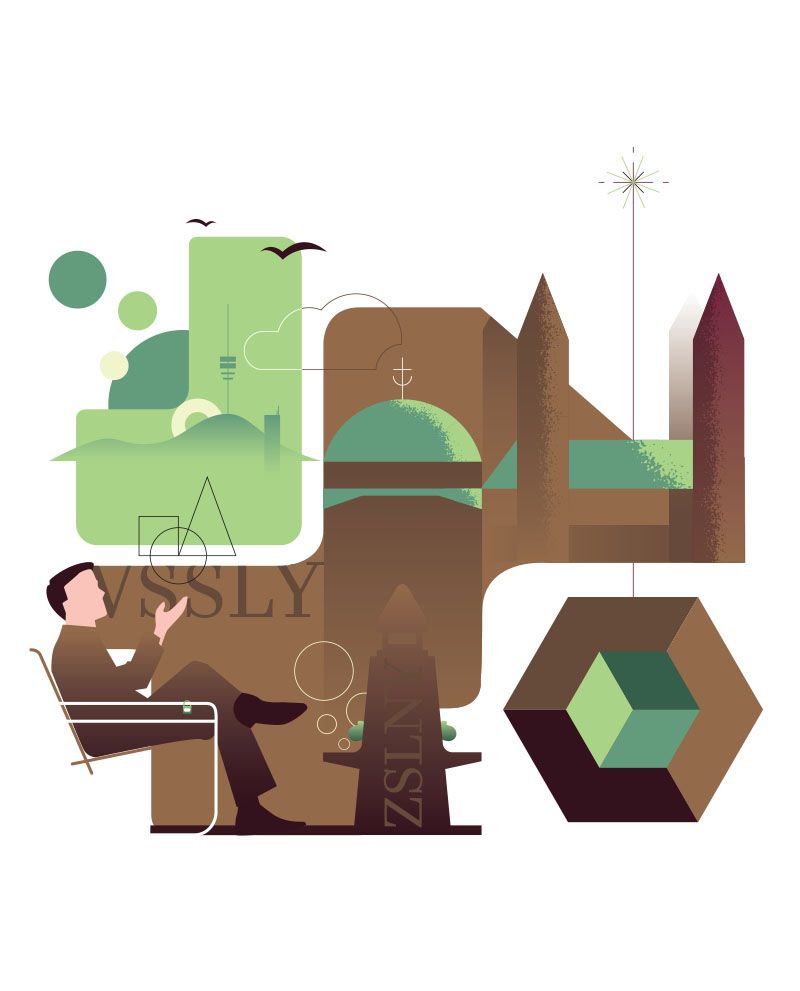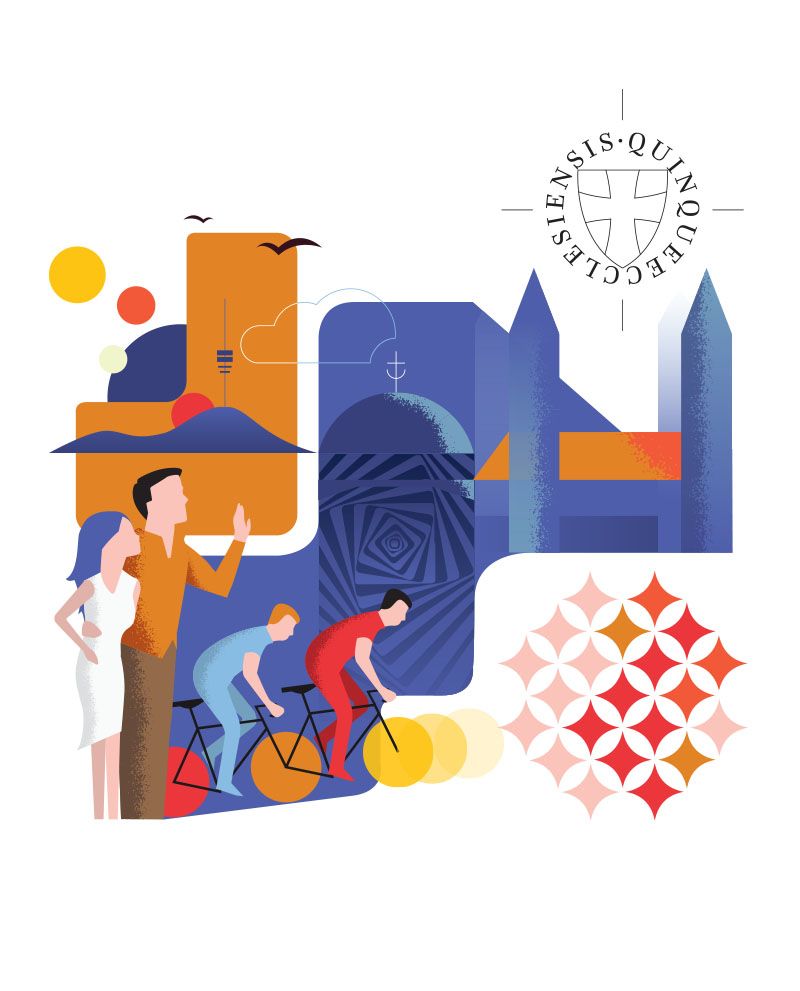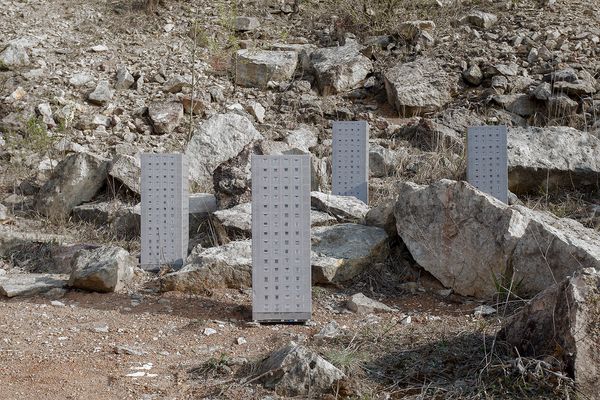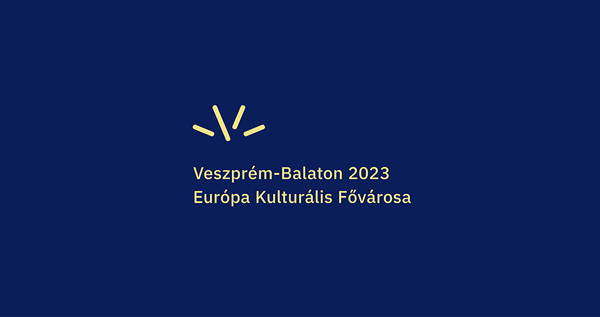“Without the past there is no future; the richer your past the more threads you have that tie you to a future.”
The third part of our series focuses on the largest city of the Dunántúl region: Pécs. The county seat of Baranya county has always been a diverse settlement in terms of nationalities, several cultural layers have piled on each other, and the traditions and values of the different people merged in the course of its two-thousand-year-long history. This is where the first university of Hungary was established by King Louis I the Great in 1367, following the advice of his vice chancellor, William, bishop of Pécs. Bishop Janus Pannonius made the medieval Pécs one of the cultural and artistic centers of the country, and the city still lives up to its cultural heritage. Pécs became one of the European capitals of culture in 2010. The traditionally vibrant intellectual life of the city is also represented by the Pécs University Days and Pécs Days events held there. The Kodály Centre, the Street of Museums and the Zsolnay Cultural Quarter were established as part of the Pécs2010 Cultural Capital project.
The same as in the case of the other cities covered in our series, I also strived to highlight famous people who form an integral part of the city’s life. Amongst others, Marcell Breuer and Victor Vasarely were born here, whom I have placed as a “subtle reference” on the graphic of “Pécs in the past”. I will leave you to decide who the man and the young woman are on the modern graphic. For me he is the “dance tutor from Pécs” (Pécsi tánctanár – a song of the band 30Y), to give a reference to my two favorite bands from Pécs…






OCTOGON x Tipton I Bauhaus100

SETUP










